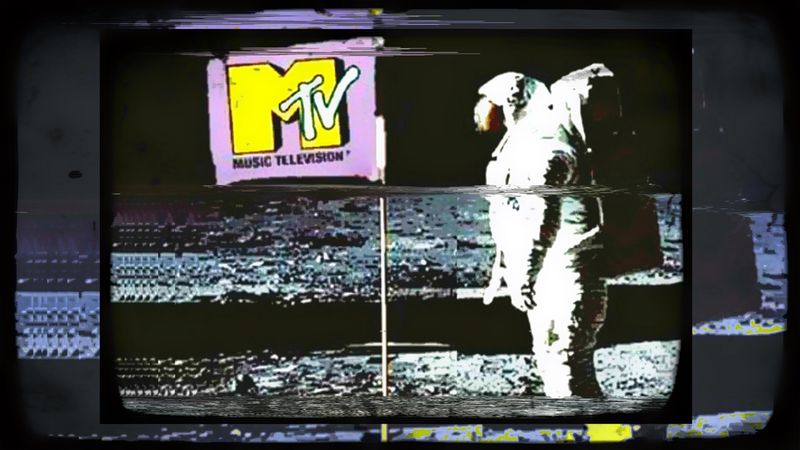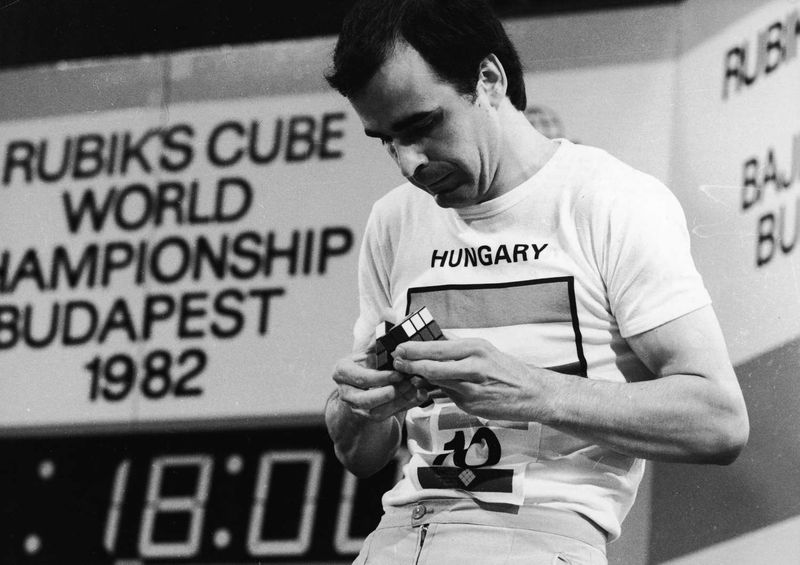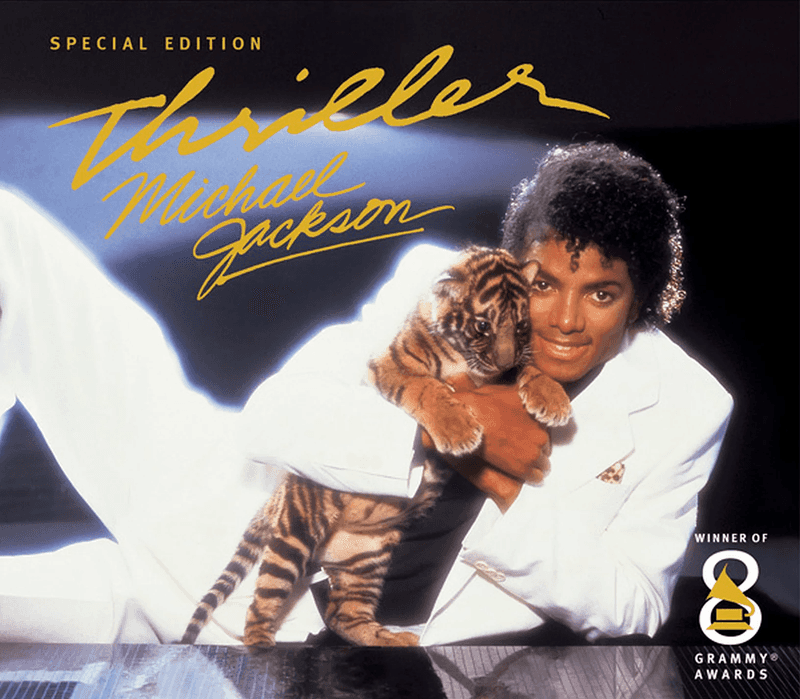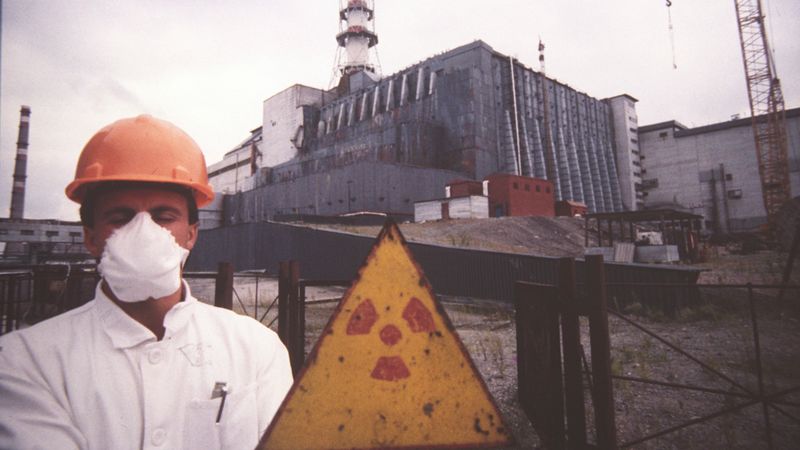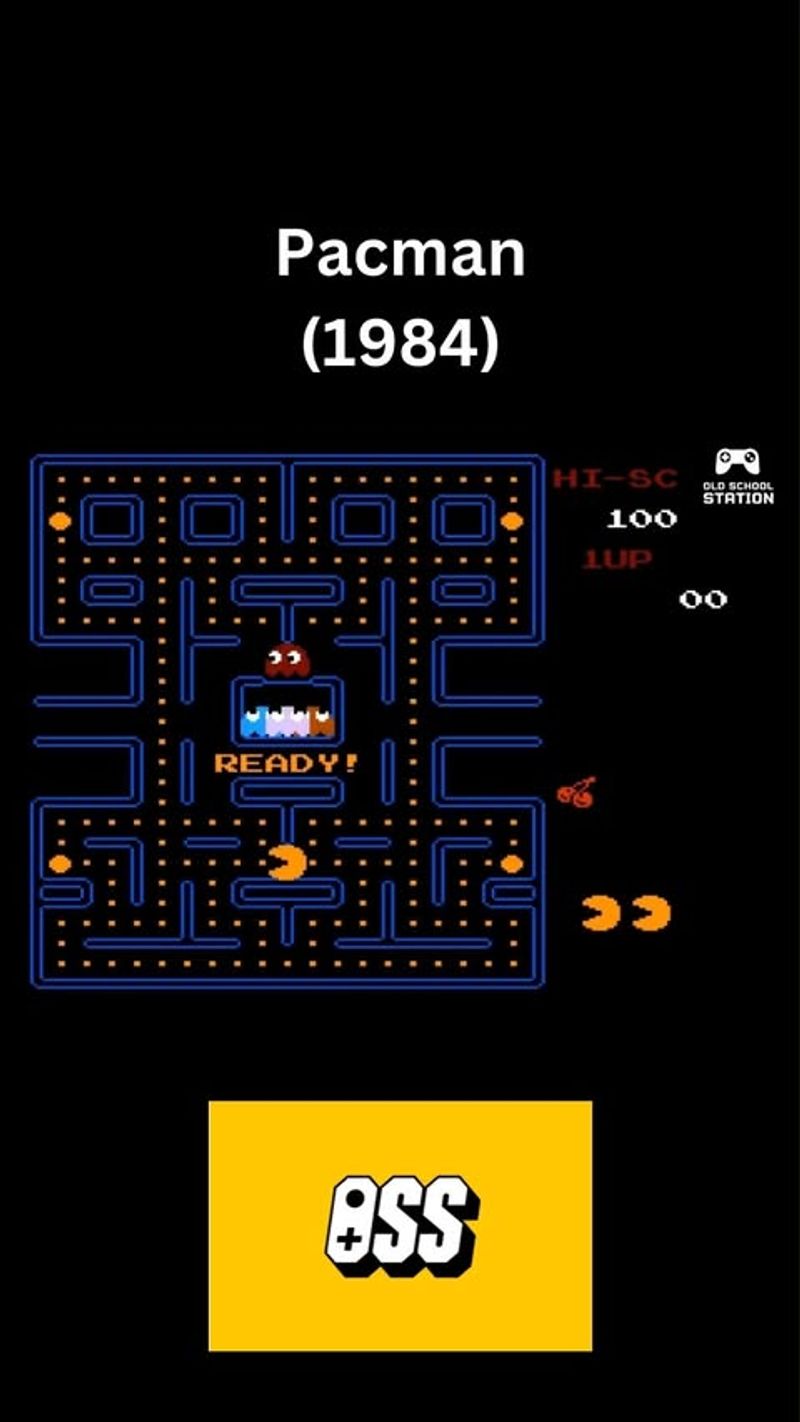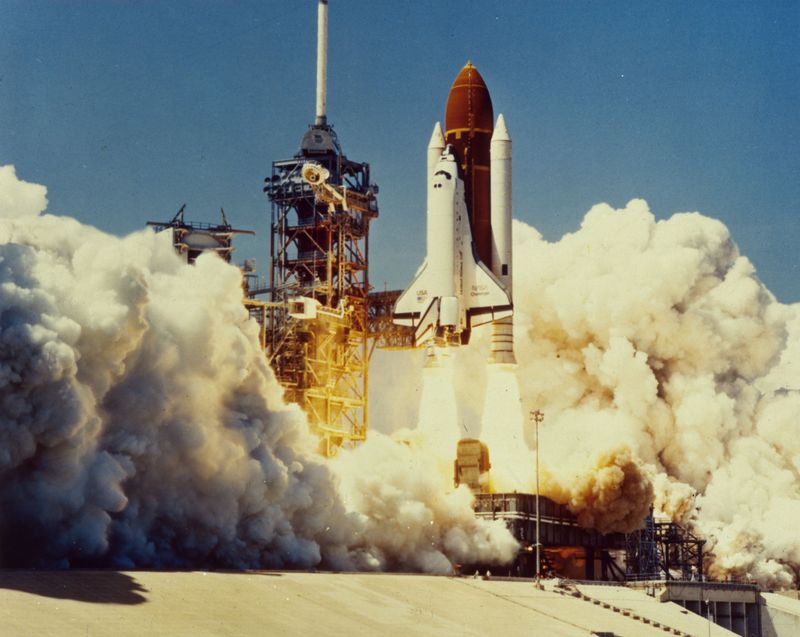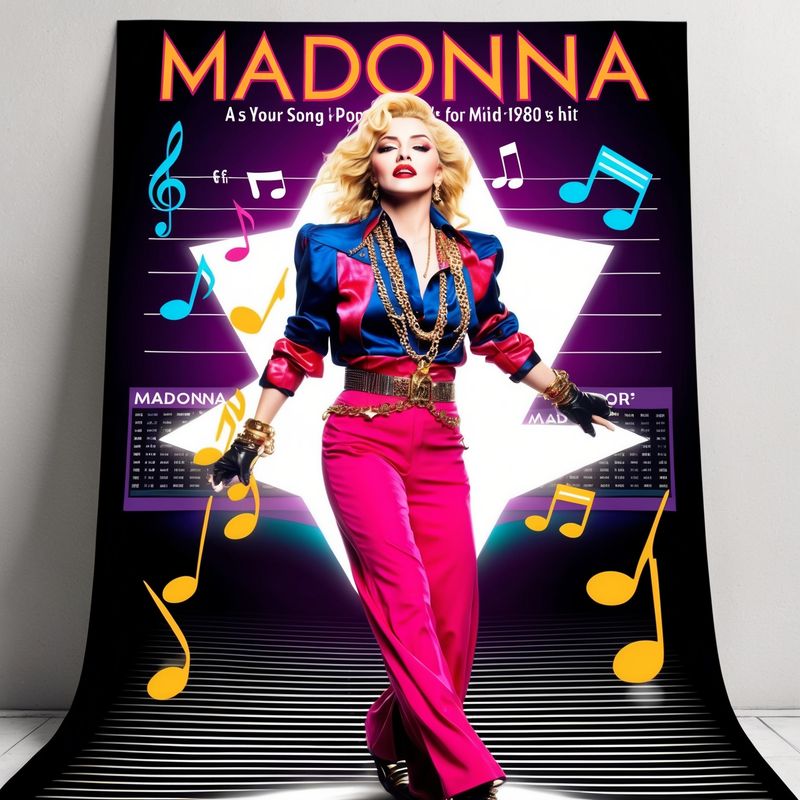The 1980s was a decade brimming with cultural phenomena that left an indelible mark on society. From groundbreaking technological advancements to unforgettable pop culture icons, the 80s were a vibrant and transformative period. This blog post explores nine iconic moments that defined a generation, offering a nostalgic journey back in time. Whether you lived through the 80s or are simply fascinated by its legacy, these moments capture the essence of a decade that continues to influence our world today.
The Launch of MTV
The launch of MTV in 1981 was a revolution in music broadcasting. Suddenly, music lovers could watch their favorite artists perform, blending visuals with sound.
Before MTV, radio dominated the music scene. But MTV changed that, creating a new platform for artists to express their creativity. Music videos became an art form, and artists like Madonna and Michael Jackson skyrocketed to fame.
The channel’s influence reached beyond music, shaping fashion and pop culture. MTV’s iconic moon landing logo became a symbol of the 80s, capturing the spirit of a generation eager for innovation.
Live Aid Concerts
Live Aid, held on July 13, 1985, was a global concert event that united musicians and fans for a cause. Spearheaded by Bob Geldof and Midge Ure, it aimed to raise funds for famine relief in Ethiopia.
Broadcasted across the world, the concert featured performances from iconic bands like Queen, whose legendary set is still celebrated. The event was held simultaneously in Wembley Stadium, London, and JFK Stadium, Philadelphia.
The spirit of unity and hope resonated with millions, highlighting the power of music to effect change and creating a lasting legacy of compassion and collaboration.
The Rubik’s Cube Craze
The Rubik’s Cube, invented in 1974, became a global sensation in the 80s. This 3D puzzle challenged minds and became a symbol of intellectual curiosity.
People of all ages were captivated by the cube’s complexity and the satisfaction of solving it. Competitions sprang up worldwide, crowning champions who could solve it in mere seconds.
Its influence extended beyond just a toy; the cube became an icon of the decade. Its vibrant colors and geometric design reflected the bold, innovative spirit of the 80s, inspiring creativity and problem-solving in a fun, engaging way.
The Release of Thriller
Released in 1982, Michael Jackson’s “Thriller” became the best-selling album of all time. Its groundbreaking music video set new standards for the industry, blending horror themes with pop music.
The video, directed by John Landis, captivated audiences with its cinematic quality and innovative choreography. It became a cultural phenomenon, influencing countless artists and redefining the music video as an art form.
Jackson’s unique style and charisma made “Thriller” an enduring classic. Its success solidified his status as the “King of Pop” and left an indelible mark on both music and 80s culture.
The Fall of the Berlin Wall
The fall of the Berlin Wall on November 9, 1989, marked the end of the Cold War and a new era of freedom. This historic event symbolized the triumph of democracy over division.
As East and West Berliners came together, the world watched in awe at the power of the human spirit to overcome barriers. The physical dismantling of the Wall was a powerful moment of unity.
The event paved the way for German reunification and inspired movements for freedom worldwide. It remains a pivotal moment in history, embodying hope and the possibility of change.
Chernobyl Disaster
On April 26, 1986, the Chernobyl disaster became one of the worst nuclear accidents in history. The explosion at the Chernobyl Nuclear Power Plant unleashed a radioactive cloud over Europe.
The immediate aftermath was catastrophic, leading to mass evacuations and long-term health effects. The disaster exposed the dangers of nuclear power and led to significant changes in safety protocols worldwide.
Chernobyl’s legacy continues to influence discussions on nuclear energy. Its haunting story serves as a reminder of human fallibility and the importance of vigilance, safety, and accountability within technological advancements.
The Debut of Pac-Man
Pac-Man, released in 1980, became a defining symbol of 80s gaming culture. This arcade game captivated players with its simple yet addictive gameplay.
The character of Pac-Man became an icon, appearing in merchandise, TV shows, and more. Its impact on the video game industry was profound, introducing new strategies and spawning a series of sequels.
Pac-Man’s appeal transcended age and culture, making it a beloved classic. Its cheerful graphics and catchy soundtrack created a joyful experience, reflecting the fun and innovation that characterized the decade’s entertainment scene.
The Challenger Space Shuttle Disaster
The Challenger disaster on January 28, 1986, was a tragic moment in space exploration history. The shuttle exploded shortly after launch, claiming the lives of all seven crew members.
The accident was a sobering reminder of the risks involved in pushing the boundaries of technology. It led to a reevaluation of NASA’s procedures and safety measures.
The loss resonated deeply with the public, as many had watched the live broadcast. The Challenger’s legacy is one of courage and determination, inspiring future generations to continue exploring the vast unknown despite the inherent dangers.
Madonna’s Rise to Fame
Madonna’s rise to fame in the 80s transformed her into a cultural icon. Her bold style and unapologetic attitude challenged societal norms and inspired a generation.
Hits like “Like a Virgin” and “Material Girl” became anthems, and her influence extended beyond music to fashion and art. Madonna reinvented herself repeatedly, maintaining her relevance and pioneering the idea of the pop star as a brand.
Her impact on feminism and self-expression was profound, encouraging women to embrace their individuality. Madonna’s legacy in the 80s remains a testament to creativity, resilience, and empowerment.
